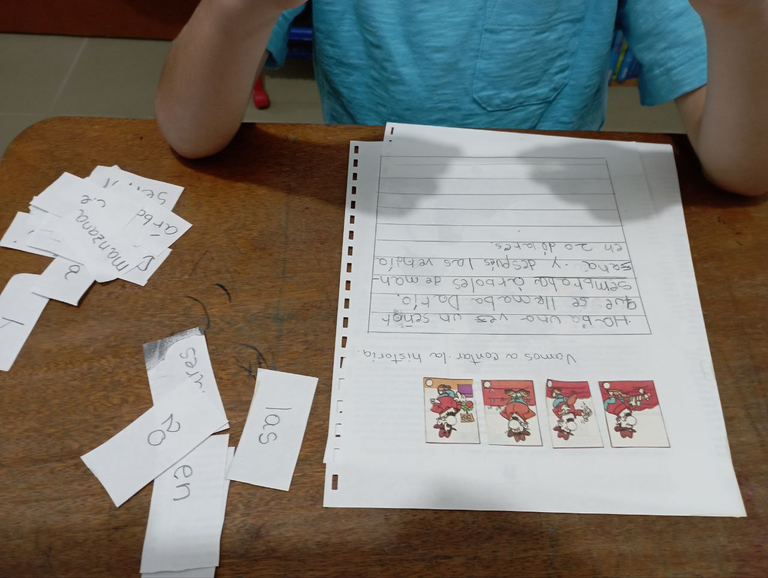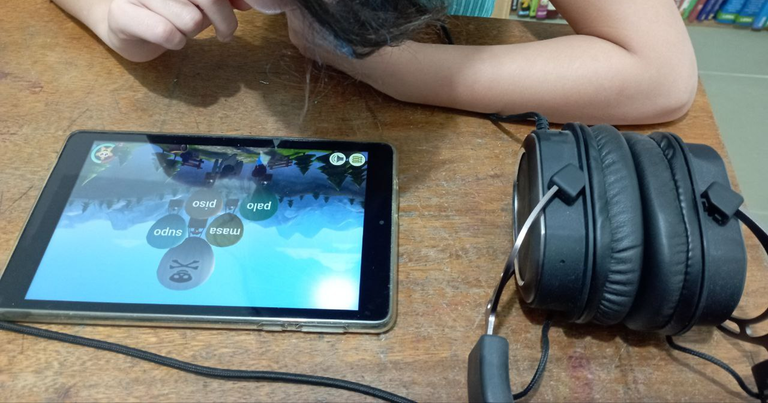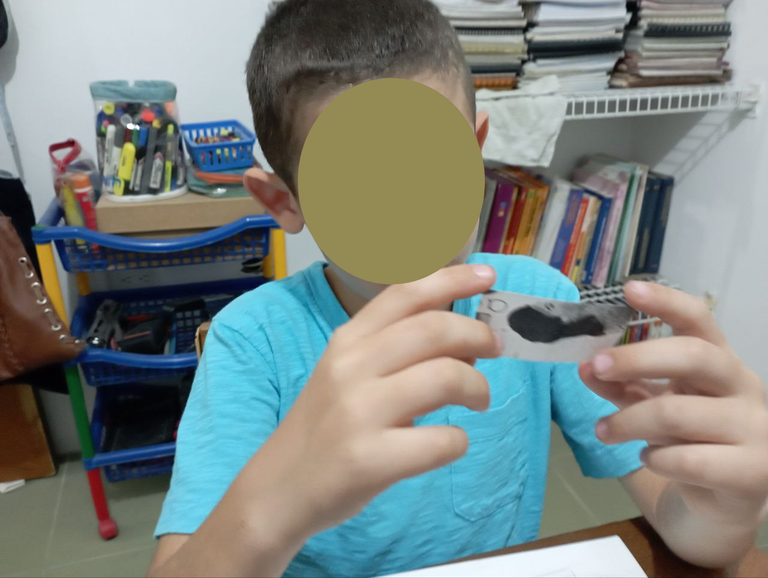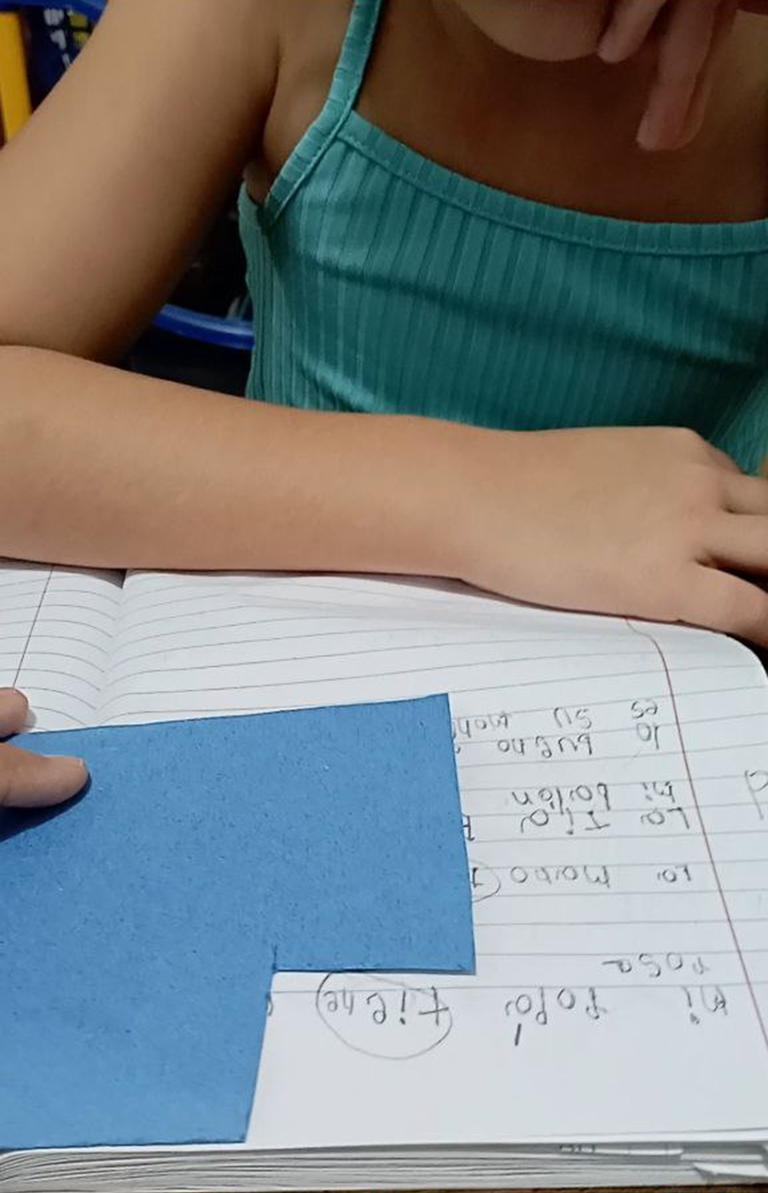Hola, amigos lectores. Tomando como premisa que el proceso lector se desarrolla en todos los niños, con sus aciertos y desviaciones, que todos se benefician de las nuevas investigaciones y propuestas educativas, en esta oportunidad les comentaré los principios fundamentales de la enseñanza de la lectura del libro de Stanislas Dehaene, Aprender a Leer. De las ciencias cognitivas al aula. El cual podrás descargar en forma gratuita en este enlace.


Principio de enseñanza explícita del código alfabético.
Hace referencia a la correspondencia univoca grafema-fonema en español para poder sentar las primeras bases de la lectura. Luego que el niño comprende esta asociación, también debe apropiarse de la característica combinatoria de las letras, es decir, permutaciones para formar nuevas combinaciones. Por ejemplo: la/al, el/le, lu/ul. Otro de los aspectos que contempla este principio es que la movilidad de las letras da cabida a nuevas palabras. Por otra parte, el niño debe aprender que el español se leer de izquierda a derecha; este detalle conjuntamente con el hecho que niño prelector no necesariamente puede diferenciar los grafemas b/d, p/q, indican que el código alfabético debe ser enseñado en forma explícita y expedita.
Principio de progresión racional.
Señala el orden del aprendizaje de los grafemas y las palabras. En español existen grafemas y palabras que son más frecuentes que otras. Este hecho, introduce una lógica, que lo más regulares deben enseñarse primero. Dehaene propone que es menor enseñar primero las consonantes continuas antes que las oclusivas. Igualmente, se debe tomar en cuenta la complejidad de la estructura silábica, trabajar primero las estructuras consonante vocal (CV), antes que las que incluyen vocal consonante (VC); luego las que incluyen bloques de consonantes (CCV, CCVC)Por último, este principio incluye los grafemas complejos:_ gu, rr, qu, ch, ll_, que son muy frecuentes en el nuestro idioma y por tanto deben enseñarse tempranamente y en forma unida, no separada; al igual que la h y los artículos, _la, el , los, las; los pronombres yo ; algunos verbos e indicadores de relación, que, quien, hacia, con la finalidad de que podamos organizar pequeños textos con sentido.


El principio del aprendizaje activo.
La lectura y la escritura deben estar relacionadas en forma permanente. Recordemos que podemos leer inclusive sin tener en cuenta algunas reglas ortográficas; sin embargo, al escribir, el principio ortográfico se hace más evidente. Dehaene coloca el siguiente ejemplo, la palabra caballo, que se puede escribir cavallo, kaballo o cabayo, se pronuncia igual; pero ninguna está escrita en forma correcta. La lectura mejora la exploración de la ortografía, por consiguiente, debería practicarse muy frecuentemente.
Principio de transferencia.
Al principio, el lector novel, invierte una parte importante de su esfuerzo en la decodificación de las palabras, restando velocidad al proceso. Sugiere dos etapas diferenciadas: primero se debe poner énfasis en que el niño aprenda las reglas de decodificación, que abarca los primeros años de enseñanza; luego, propone una fase se aprendizaje implícito, que se extiende mucho más allá de la etapa de primaria y donde el niño automatiza las reglas de conversión, haciendo su lectura mucho más fluida. Igualmente, en este principio aborda la importancia de rodear al niño de un ambiente propicio para las actividades de lectura desde el hogar.


Principio de elección racional de los ejemplos y de los ejercicios.
Todo el material y las estrategias que se utilicen deben contar con una minuciosa revisión, con la finalidad de que estén adecuadas a las zonas de desarrollo próximas del niño y su año de estudios. Igualmente este principio aborda el cuidado que deben tener los responsables encargados de presentar debidamente los materiales, para que no tengan errores de ningún tipo, ni ortográficos, ni de coherencia, ni de concordancia. Igualmente, hacer énfasis en el sonido fonológico de los grafemas con gran variedad de ejemplos y actividades.
Principio de compromiso activo, de atención y de disfrute.
Las actividades de lectura no deben proponerse solamente como obligatorias. Éstas deben estar acompañadas con un contexto amigable, lúdico y estimulante. Donde las equivocaciones deben ser vistas como oportunidades de aprendizaje.


Principio de adaptación al nivel del niño.
Este enfoque no debe tomarse de manera inflexible, ya que cada niño es diferente y, sin embargo, cada grupo de niños en un aula de clases se acogen a proyectos que tienen objetivos comunes. En este sentido, se deben adaptar estas propuestas dependiendo del desarrollo del niño, de las situaciones y contextos. Una evaluación periódica del proceso de lectura beneficia a los niños; las diferentes dinámicas de agrupación y tareas disponen a los niños hacia la creatividad y la participación activa de su aprendizaje, bien sea en forma individual, en parejas o en grupos.
Si aún no has leído el libro, te invito a que no te pierdas esta gran obra donde podrás descubrir brillantes propuestas que guían en forma genuina la organización del conocimiento alrededor del fomento de la competencia lectora. Si has tenido la fortuna de leerlo, eres un afortunado lector.
En el caso de los niños autistas, estos principios son igualmente inaplazables y aplicables, puesto que obedecen y se apegan a principios universales para mejorar el proceso lector.

Soy Sandra Cabrera, licenciada en Dificultades para el Aprendizaje, con estudios de postgrado en Educación Especial Integral, Planificación Educativa y Literatura Infantil. Si te interesan los temas sobre educación especial, la discapacidad y las condiciones especiales del desarrollo, puedes contactarme a través de los números 04128032993 y 0412 8333334 y en:
El canal de Telegram, Trastornos del Aprendizaje.
En las redes sociales Instagram y Facebook1 y Facebook2. Sandra Cabrera Psicopedagoga.
En la cuenta de spreaker, @sandracabrerapodcast.
Fotografías tomadas con mi teléfono Redmi11 y traducciñon realizada con Google.

Hello, fellow readers. Taking as a premise that the reading process develops in all children, with their successes and deviations, that everyone benefits from new research and educational proposals, on this occasion I will discuss the fundamental principles of teaching reading from the book by Stanislas Dehaene, Learning to Read. From cognitive sciences to the classroom. Which you can download for free at this link.


Principle of explicit teaching of the code Alphabetic.
Refers to the one-to-one correspondence between grapheme and phoneme in Spanish in order to establish the first foundations for reading. After the child understands this association, he/she must also learn the combinatorial characteristic of the letters, that is, permutations to form new combinations. For example: la/al, el/le, lu/ul. Another aspect that this principle contemplates is that the mobility of the letters gives rise to new words. On the other hand, the child must learn that Spanish is read from left to right; this detail together with the fact that a pre-reader child cannot necessarily differentiate the graphemes b/d, p/q, indicate that the alphabetic code must be taught in an explicit and expeditious manner.
Principle of rational progression.
Indicates the order of learning graphemes and words. In Spanish there are graphemes and words that are more frequent than others. This fact introduces a logic, that the most regular ones should be taught first. Dehaene proposes that it is less important to teach continuous consonants first before occlusive ones. Likewise, the complexity of the syllabic structure must be taken into account, working first on the consonant-vowel (CV) structures, before those that include a consonant-vowel (VC); then those that include blocks of consonants (CCV, CCVC). Finally, this principle includes complex graphemes: gu, rr, qu, ch, ll, which are very common in our language and therefore must be taught early and in a united form, not separately; as well as h and the articles, _la, el, los, las; the pronouns yo; some verbs and relational indicators, que, quien, hacia, so that we can organize small texts with meaning. #


The principle of active learning.
Reading and writing must be permanently related. Remember that we can read even without taking into account some spelling rules; However, when writing, the spelling principle becomes more evident. Dehaene gives the following example: the word caballo, which can be written cavallo, kaballo or cabayo, is pronounced the same; but none is written correctly. Reading improves the exploration of spelling, therefore, it should be practiced very frequently.
Principle of transfer.
At first, the new reader invests a significant part of his effort in decoding words, slowing down the process. He suggests two different stages: first, emphasis should be placed on the child learning the rules of decoding, which covers the first years of schooling; then, he proposes a phase of implicit learning, which extends far beyond the primary stage and where the child automates the rules of conversion, making his reading much more fluid. Likewise, in this principle he addresses the importance of surrounding the child with an environment conducive to reading activities at home. #


Principle of rational choice of examples and exercises.
All materials and strategies used must be thoroughly reviewed to ensure they are appropriate to the child's next developmental zones and year of study. This principle also addresses the care that those responsible for properly presenting the materials must take to ensure that they do not contain any type of errors, including spelling, coherence, or concordance. Likewise, emphasis should be placed on the phonological sound of the graphemes with a wide variety of examples and activities.
Principle of active commitment, attention, and enjoyment.
Reading activities should not be proposed only as obligatory. They should be accompanied by a friendly, playful, and stimulating context, where mistakes should be seen as learning opportunities. #


Principle of adaptation to the child's level.
This approach should not be taken inflexibly, as each Every child is different, and yet each group of children in a classroom is subject to projects that have common objectives. In this sense, these proposals must be adapted depending on the child's development, situations and contexts. A periodic evaluation of the reading process benefits children; the different grouping and task dynamics prepare children for creativity and active participation in their learning, whether individually, in pairs or in groups.
If you have not yet read the book, I invite you not to miss this great work where you will be able to discover brilliant proposals that genuinely guide the organization of knowledge around the promotion of reading skills. If you have been fortunate enough to read it, you are a lucky reader. In the case of autistic children, these principles are equally urgent and applicable, since they obey and adhere to universal principles to improve the reading process.

I am Sandra Cabrera, a graduate in Learning Disabilities, with postgraduate studies in Comprehensive Special Education, Educational Planning and Children's Literature. If you are interested in topics related to special education, disability and special developmental conditions, you can contact me at 04128032993 and 0412 8333334 and at:
The Telegram channel, Learning Disorders.
On social media Instagram and Facebook1 and Facebook2. Sandra Cabrera Psychopedagogue.
On spreaker account, @sandracabrerapodcast.
Photographs taken with my Redmi11 phone and translation made with Google.
